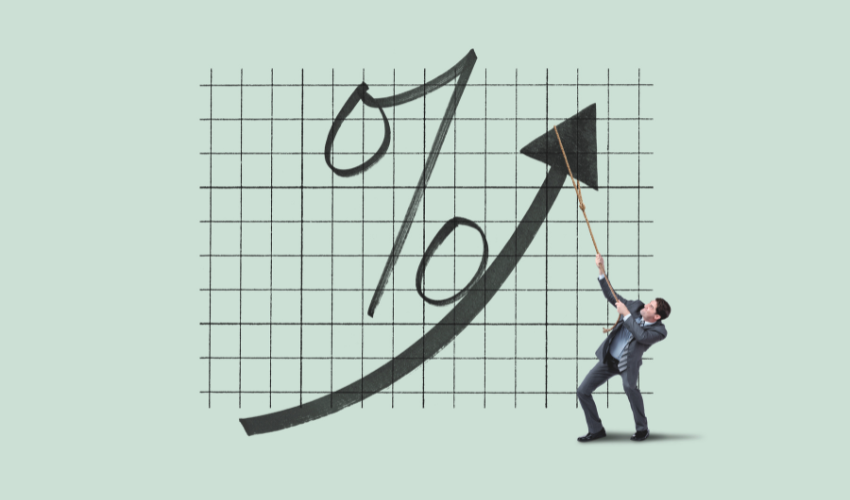What is Risk Free Rate?
In the realm of finance, where uncertainty reigns supreme, the concept of a risk-free rate stands as a beacon of stability. This fundamental benchmark serves as a cornerstone for various financial calculations, guiding investors, analysts, and policymakers alike in navigating the complexities of the market. In this blog, we’ll delve into the intricacies of the risk-free rate, its importance in investment decision-making, and its broader implications for financial markets.
Defining the Risk-Free Rate:
At its essence, the risk-free rate represents the theoretical return on investment with zero risk of financial loss. It serves as a benchmark against which the performance of other investments is evaluated, providing a baseline for assessing risk and determining appropriate rates of return.
Typically, the risk-free rate is derived from the yield of government securities, specifically those with minimal credit risk, such as Treasury bills or bonds issued by financially stable governments. These securities are considered virtually risk-free due to the government’s ability to raise taxes or print currency to meet its debt obligations.
Importance in Investment Valuation:
The risk-free rate plays a pivotal role in various financial models and valuation techniques, including:
1. Discounted Cash Flow (DCF) Analysis: In DCF analysis, future cash flows from an investment are discounted back to their present value using a discount rate, which incorporates the risk-free rate along with a risk premium to reflect the investment’s specific risk. The risk-free rate serves as the foundation for this calculation, representing the time value of money and the opportunity cost of capital.
2. Capital Asset Pricing Model (CAPM): CAPM is a widely used model for estimating the expected return on an investment based on its systematic risk, beta, and the risk-free rate. According to CAPM, the expected return on an investment is equal to the risk-free rate plus a risk premium proportional to the investment’s beta, which measures its volatility relative to the overall market.
3. Bond Pricing: The risk-free rate is crucial in determining the fair value of bonds, particularly fixed-income securities. Bond prices move inversely to yields, meaning that as the risk-free rate fluctuates, so do bond prices. By comparing the prevailing risk-free rate with the coupon rate of a bond, investors can assess its attractiveness relative to alternative investments.
4. Cost of Equity and Debt: When evaluating the cost of equity and debt financing for a company, the risk-free rate serves as a benchmark for determining the minimum rate of return that investors require to compensate for the time value of money and inflation risk. This information is essential for capital budgeting decisions and assessing the overall cost of capital.
Broader Implications:
Beyond its role in investment valuation, the risk-free rate has broader implications for financial markets and monetary policy:
1. Monetary Policy: Central banks closely monitor changes in the risk-free rate as part of their efforts to manage inflation and stimulate economic growth. By adjusting short-term interest rates, central banks influence the risk-free rate, thereby impacting borrowing costs, investment decisions, and overall economic activity.
2. Investor Sentiment: Fluctuations in the risk-free rate can signal changes in investor sentiment and market expectations. A rising risk-free rate may indicate tightening monetary policy or growing inflationary pressures, while a declining rate could reflect economic uncertainty or expectations of accommodative monetary policy.
3. Yield Curve: The yield curve, which plots the yields of fixed-income securities against their maturities, is influenced by changes in the risk-free rate. Shifts in the yield curve can provide insights into future economic conditions, with an upward-sloping curve signaling expectations of economic expansion and a downward-sloping curve suggesting potential recessionary pressures.
The risk-free rate serves as a fundamental building block of modern finance, guiding investment decisions, shaping financial models, and influencing economic policy. By providing a benchmark for assessing risk and determining appropriate rates of return, the risk-free rate plays a critical role in maintaining stability and efficiency in financial markets. As investors and policymakers navigate the complexities of the global economy, the significance of the risk-free rate remains ever-present, serving as a reliable compass in an uncertain world.



